
Search

Search

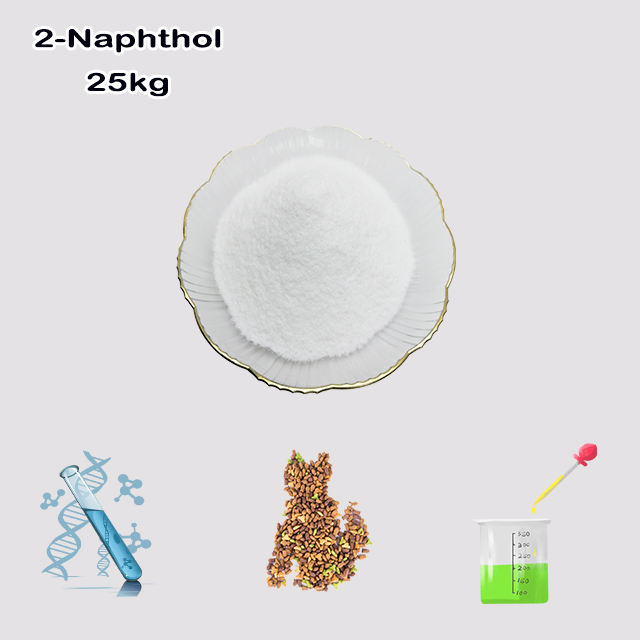
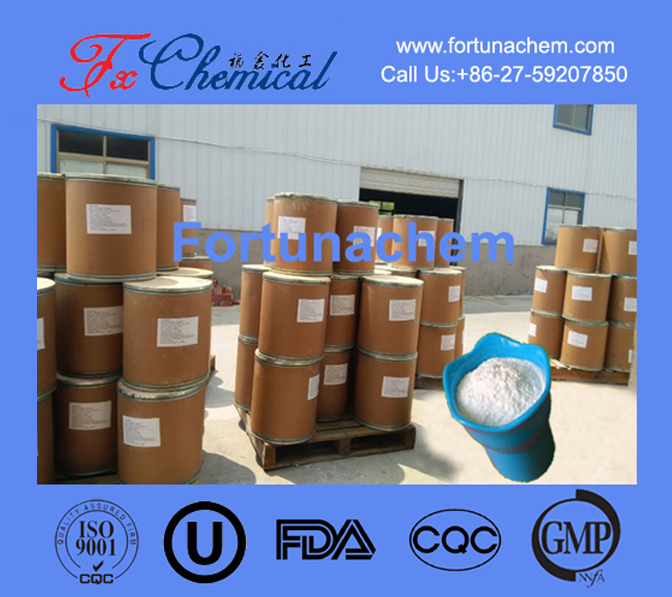
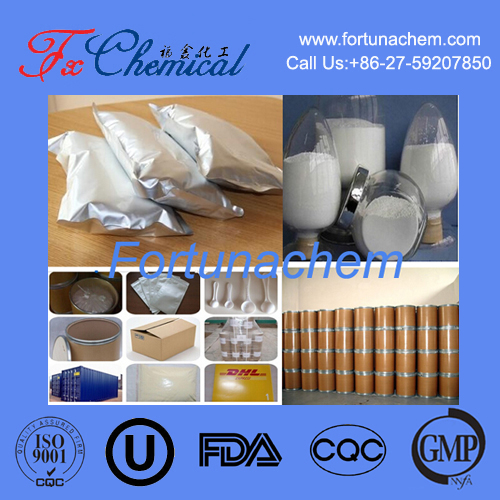
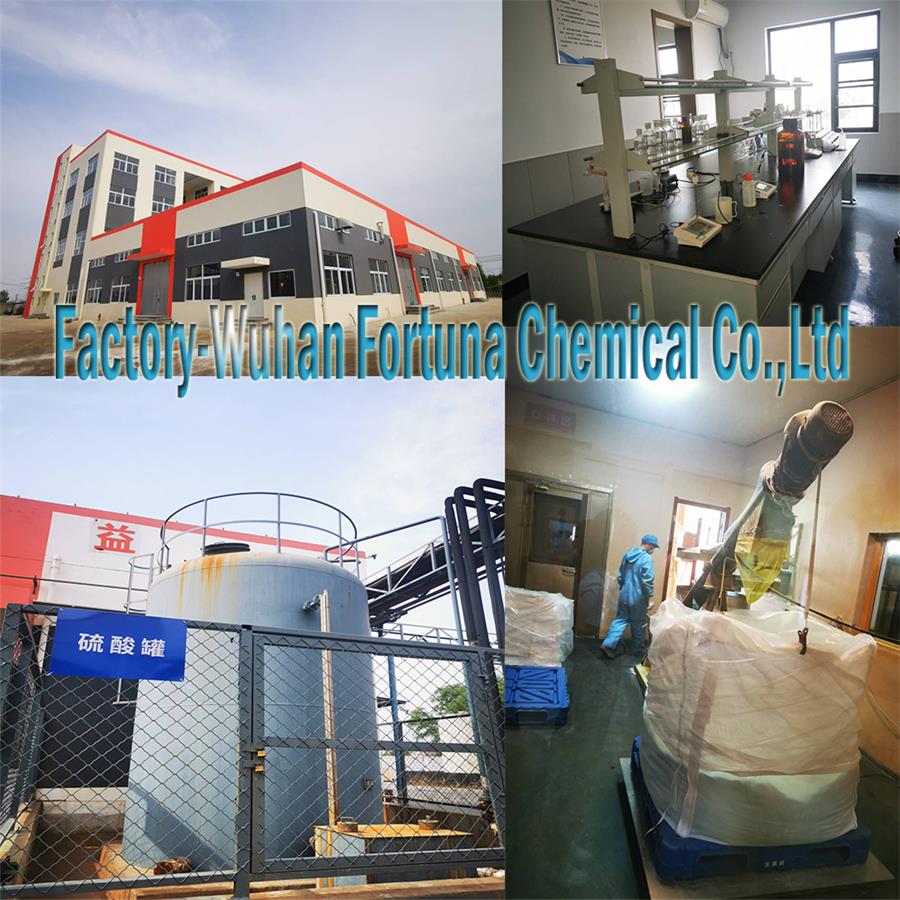
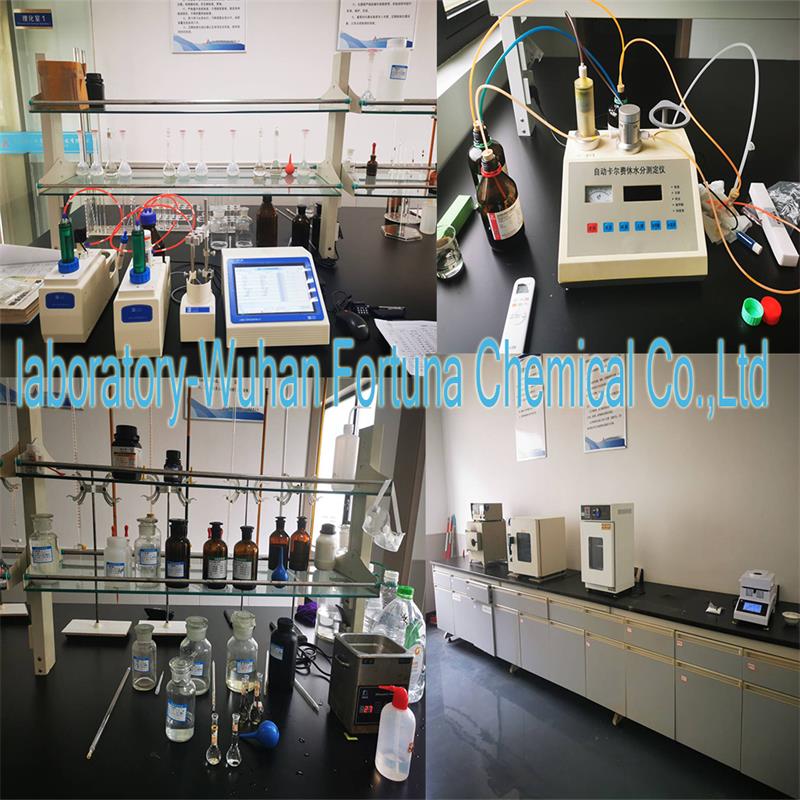





2-Naphthol, or β-naphthol, is an organic compound and one of the simplest aromatic hydroxy derivatives of naphthalene. It consists of a naphthalene molecule with a hydroxyl group (-OH) attached to the second carbon, making it a key isomer of 1-naphthol.
This white, crystalline solid is a versatile precursor in the synthesis of dyes, pigments, and fluorescent whiteners. It's also used in the production of antioxidants, fragrances, and pharmaceuticals. In the laboratory, it's a common reagent in classic organic tests like the azo dye coupling reaction. While useful, 2-naphthol is toxic and requires careful handling.
Items | Specifications | Results |
Appearance | White to light brown powder,crystals or flakes | |
melting point | 120-125℃ | 121℃ |
Purity(HPLC) | 98-100% | 98% |
Conclusion | The product complies with the enterprise standards. | |
2-Naphthol, also known as β-naphthol, is an organic compound and one of the two monohydroxy isomers of naphthalene (the other being 1-naphthol). Its chemical structure consists of a fused two-ring aromatic system (naphthalene) with a hydroxyl group (-OH) attached to the second carbon atom, classifying it as a phenolic compound.
This structure makes it a versatile intermediate in organic chemistry. The hydroxyl group makes it weakly acidic, allowing it to form salts, while the aromatic naphthalene ring system makes it susceptible to electrophilic substitution reactions, preferentially at the electron-rich C1 position.
2-Naphthol typically appears as a white to faintly colored crystalline solid or flakes. It has a distinct, faint phenolic odor. It is sparingly soluble in water but readily dissolves in organic solvents like alcohols, ethers, and chloroform. Its melting point is around 121-123°C.
The primary industrial method for producing 2-Naphthol is the fusion process, which is analogous to the process for synthesizing phenol (the cumene process not being applicable).
Sulfonation: Naphthalene is first sulfonated with concentrated sulfuric acid. Under controlled temperatures (around 160-165°C), this reaction favors the formation of naphthalene-2-sulfonic acid over the 1-sulfonic acid isomer.
Alkaline Fusion: The naphthalene-2-sulfonic acid salt is then fused with molten sodium hydroxide. This reaction replaces the sulfonate group (-SO₃H) with a hydroxyl group (-OH), yielding sodium 2-naphthoxide.
Acidification: The sodium salt is finally acidified with an acid like sulfur dioxide or sulfuric acid to precipitate pure 2-naphthol.
2-Naphthol's primary significance lies in its role as a key building block in the synthesis of more complex molecules.
Azo Dyes and Pigments: This is its most important application. 2-Naphthol is a classic coupling component in azo coupling reactions. It reacts with diazonium salts to form a wide range of intensely colored azo dyes and pigments. These are used in textiles, inks, paints, and plastics. A famous example is Pigment Red 49, a widely used red pigment.
Pharmaceuticals and Agrochemicals: It serves as a starting material or intermediate in the synthesis of various drugs, such as some anti-inflammatory agents, and in the production of certain fungicides and insecticides.
Fragrances: It is used in the synthesis of synthetic perfumes, like the classic "orange blossom" scent of β-Naphthyl methyl ether.
Antioxidants: It is a precursor for important antioxidants used in rubber and plastic industries, such as 2,6-di-tert-butylnaphthalene.
Laboratory Reagent: It is used in classic qualitative tests, such as the Molisch's test for carbohydrates and the detection of certain cations.
2-Naphthol is toxic if swallowed, inhaled, or absorbed through the skin. It is a known skin and eye irritant. Historically, it was also identified as a carcinogen in the dye industry. Therefore, it requires careful handling with appropriate personal protective equipment (PPE), including gloves and safety glasses, and should be used in a well-ventilated area or fume hood.
| Feature | Description |
|---|---|
| Chemical Name | 2-Naphthol (β-Naphthol) |
| CAS Number | 135-19-3 |
| Formula | C₁₀H₇OH |
| Classification | Phenolic Compound, Aromatic Alcohol |
| Key Property | Versatile intermediate for electrophilic substitution and azo coupling. |
| Primary Use | Coupling component for azo dyes and pigments. |
| Other Uses | Synthesis of pharmaceuticals, fragrances, and antioxidants. |
| Safety | Toxic, irritant, and a suspected carcinogen. |
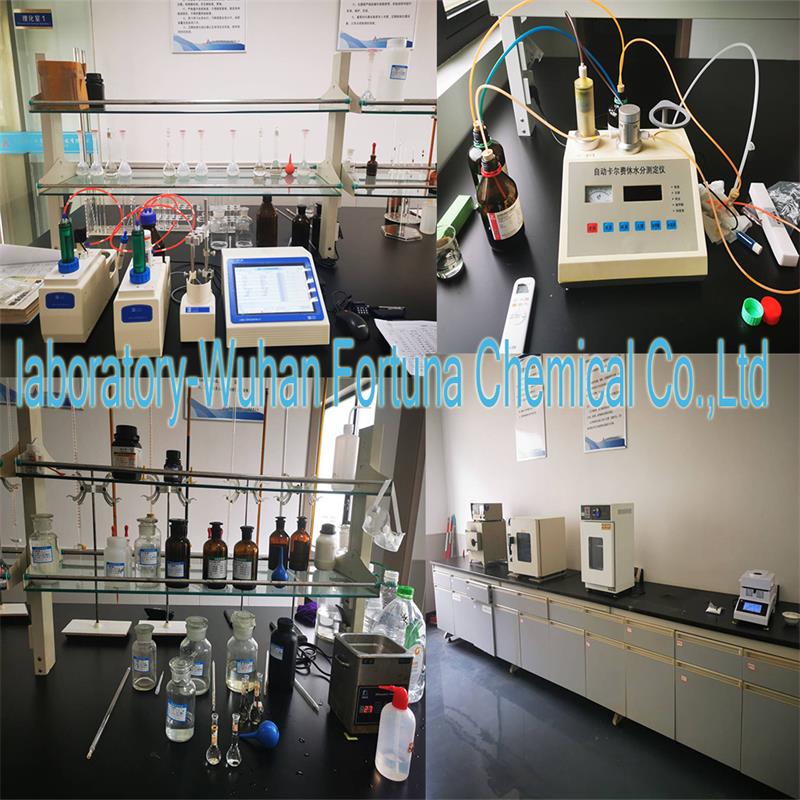
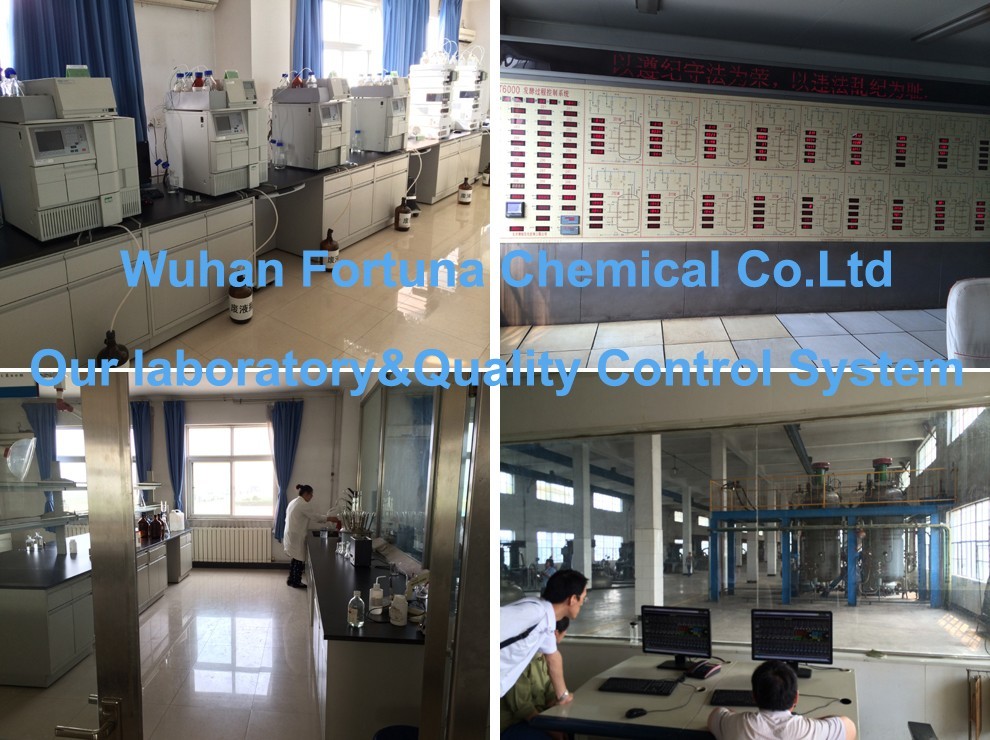
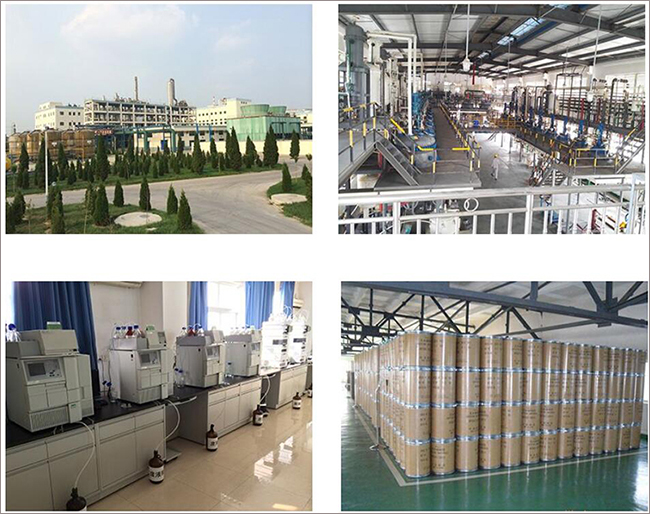

Fortunachem Provides Not Only Professional Chemical Products But Also Professional Help
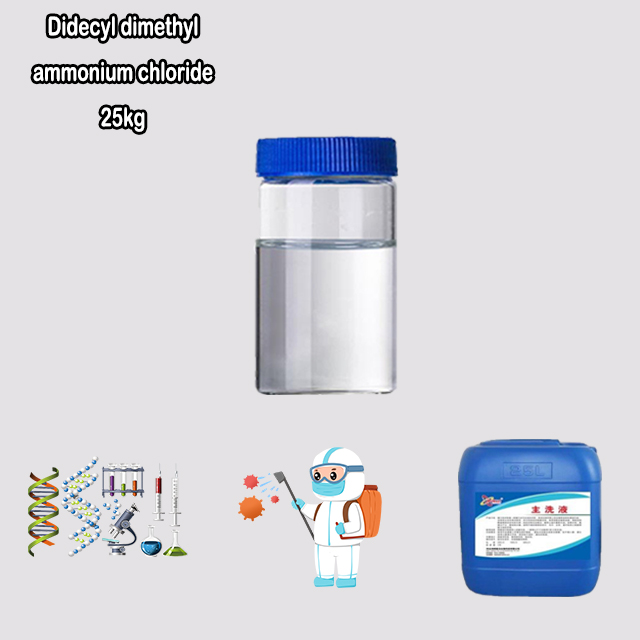
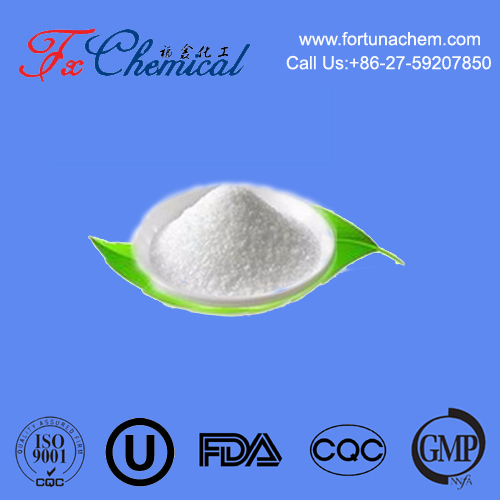
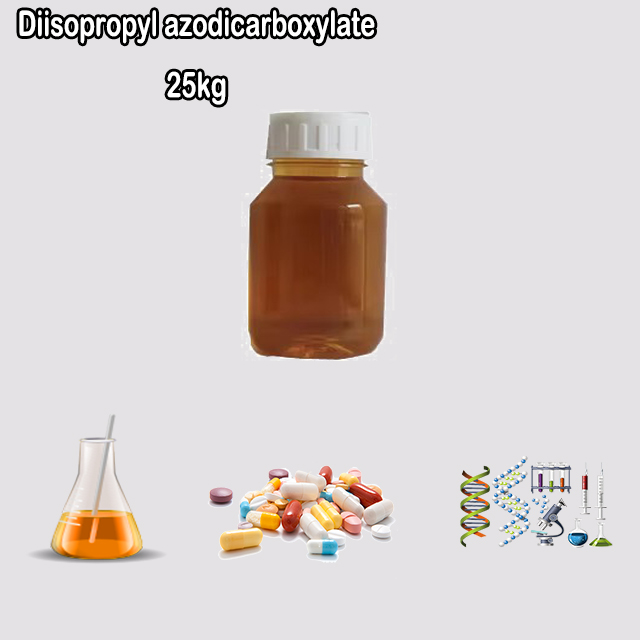
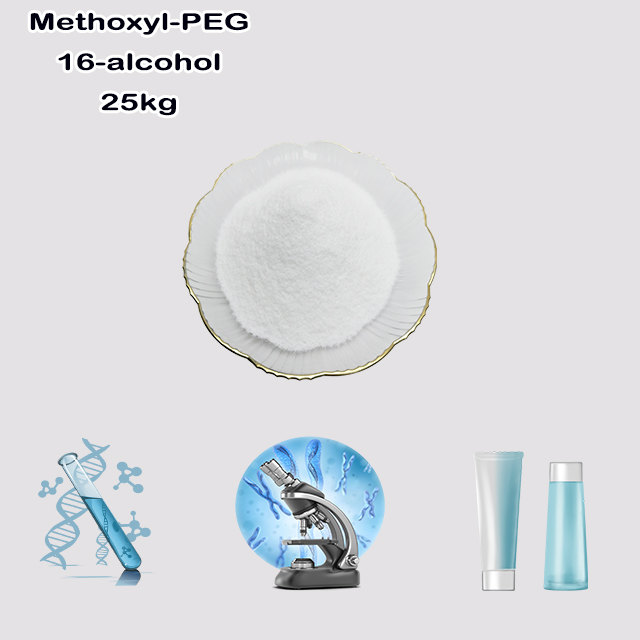
Keeping you up-to-date with all the latest information, news, and events about Fortunachem!

Quick Links
Add:
E-mail:
 English
English  Español
Español  français
français  العربية
العربية 


